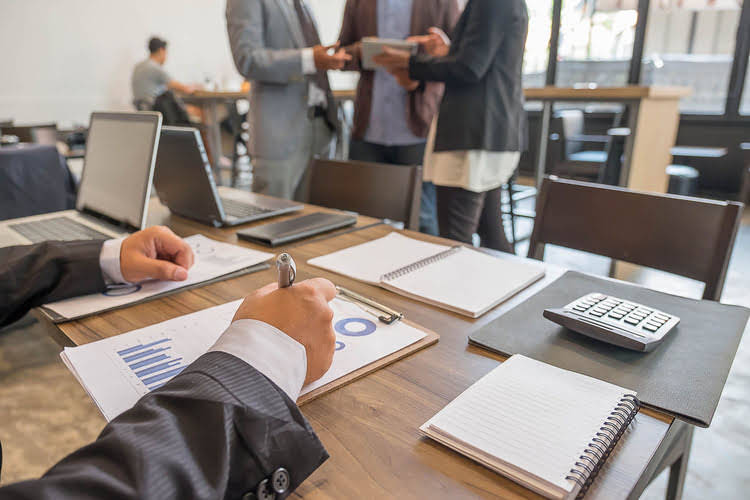
Any costs incurred after the initial purchase that enhance the asset’s future economic benefits are capitalised onto the balance sheet. While they're most definitely both considered part of the asset category, current assets and plant assets don't share all that much in common. In this article, one characteristic of plant assets is that they are: we’ve explained the concept of plant assets in very detail. We hope you’ll know the difference between plant assets and other non-current assets and the accounting treatment. This method implies charging the depreciation expense of an asset to a fraction in different accounting periods.
What is a depreciation expense?
Plant assets are long-term fixed assets that are utilized to manufacture or sell a company's products and services. These are physical assets that are expected to be financially useful to a company for more than a year. A plant asset can be defined as any asset that can be utilized to produce revenue for the company. The assets on a balance sheet contribute to a company's overall profitability and worth. Plant assets are frequently among the most useful and financially supportive assets.
Recording of Plant Assets In Financial Statements
Cost includes all normal, reasonable, and necessary expenditures to obtain the asset and get it ready for use. Acquisition cost also includes the repair and reconditioning costs for used or damaged assets as longs as the item was not damaged after purchase. Unnecessary costs (such as traffic tickets or fines or repairs that occurred after purchase) that must be paid as a result of hauling machinery to a new plant are not part of the acquisition cost of the asset. Plant assets are different from other non-current assets due to tangibility and prolonged economic benefits.
Common questions
- Though plant assets are sometimes seen as expensive, not all have the same value or are prioritized by a company.
- It’s impossible to manufacture products without equipment and machinery, or a building to house them.
- Even if the market value of the asset changes over time, accountants continue to report the acquisition cost in the asset account in subsequent periods.
- The only exception is land, which does not have a limited useful life, so cannot be depreciated.
- Every year, the percentage is applied to the remaining value of the asset to find depreciation expense.
- They record the cost of permanent landscaping, including leveling and grading, in the Land account.
For example, due to a decline in market demand, the business determines that the manufacturing machine’s recoverable amount is now £90,000 (down from £110,000). If there is an indication that the carrying amount (ie the historical cost) of a plant asset might have changed, an impairment test would be carried out. Plant assets, except for land, are depreciated to spread their cost out over their useful life.
Main Elements of Financial Statements: Assets, Liabilities, Equity, Revenues, Expenses
Depreciation expense -- calculated in several different ways -- is then carried through to the income statement and reduces net income. Over time, plant asset values are also reduced by depreciation on the balance sheet. Generally, plant assets are among the most valuable company assets and tend to be relied on greatly over the long term. As such, these assets provide an economic benefit for a significant period of time. Plant assets are key to a company's production process and are often considered among the most valuable items on the balance sheet. Here, we'll discuss what plant assets are, why they matter, and how they fit into a company's financial circumstances.
Improvements
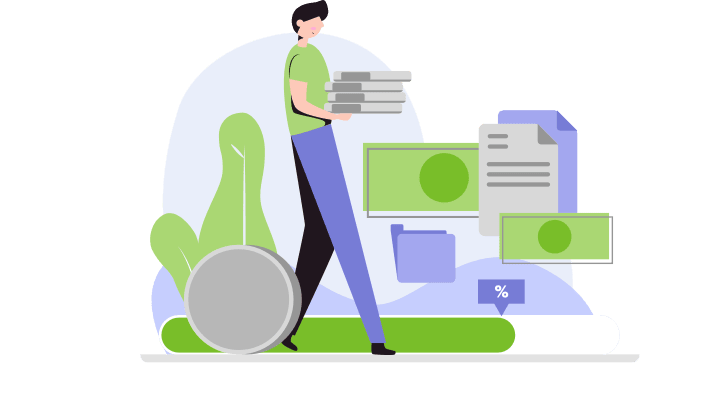
The straight-line method is the most commonly used method in most business entities. It is also called a fixed-installment method, as equal amounts of depreciation are charged every year over the useful life of an asset. Every business concern or organization needs resources to operate the business functions. The resources are sometimes owned by the company and sometimes borrowed by external parties.
- One of the CNC machines broke down and Tom purchases a new machine for $100,000.
- The matching principle states that expenses should be recorded in the same financial year when the revenue was generated against them.
- In the initial years of the asset, the amount of depreciation expense is higher and decreases as time passes.
- Besides, a part of the asset’s cost is charged to expenses account as a non-cash expense, depreciation.
Rent, insurance, and wages are examples of period costs that we match to revenues by posting them to the income statement accounts in the same period as the revenue, using time as our method of matching. When a plant asset is acquired by a company that is expected to last longer than one year, it is recorded in the balance sheet at the end of the https://www.bookstime.com/blog/accounting-for-marketing-agencies financial year. Besides, a part of the asset’s cost is charged to expenses account as a non-cash expense, depreciation. The name plant assets comes from the industrial revolution era where factories and plants were one of the most common businesses. This category of assets is not limited to factory equipment, machinery, and buildings though.
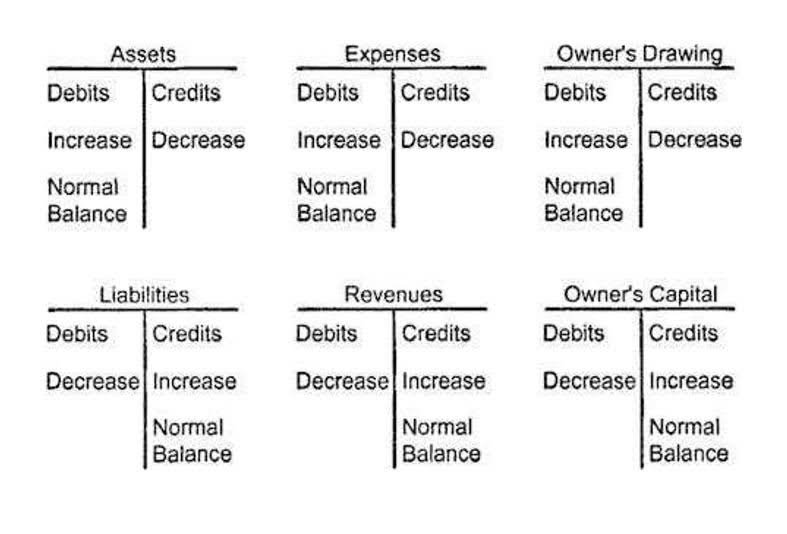
About The Motley Fool
This cost is objective, verifiable, and the best measure of an asset’s fair market value at the time of purchase. Fair market value is the price received for an item sold in the normal course of business (not at a forced liquidation sale). Even if the market value of the asset changes over time, accountants continue to report the acquisition cost in the asset account in subsequent periods. What these assets all have in common, that also differentiates them from current assets, is that they are not going to turn into cash any time soon and their connection to revenue is indirect. With inventory, we saw a direct match between the cost of the product and the sales revenue.
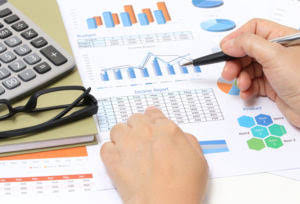
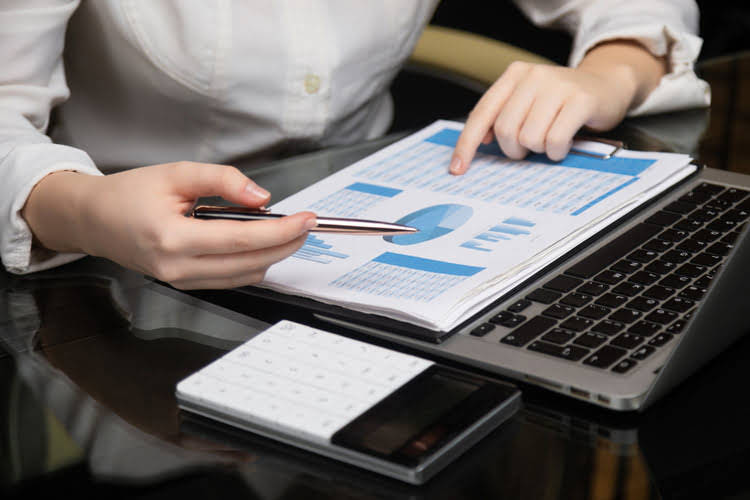
The land is also an asset that is unlikely to deteriorate in value over time. Most companies, especially those that run fully in-house and do not rely on other parties for production or processing, require land. Even if a company does not operate on-site or own property, many businesses profit from purchasing land, even if they do not intend to use it until later. Buildings are assets that often retain higher quantities of value, such as office space or a physical location where consumers can do business.
